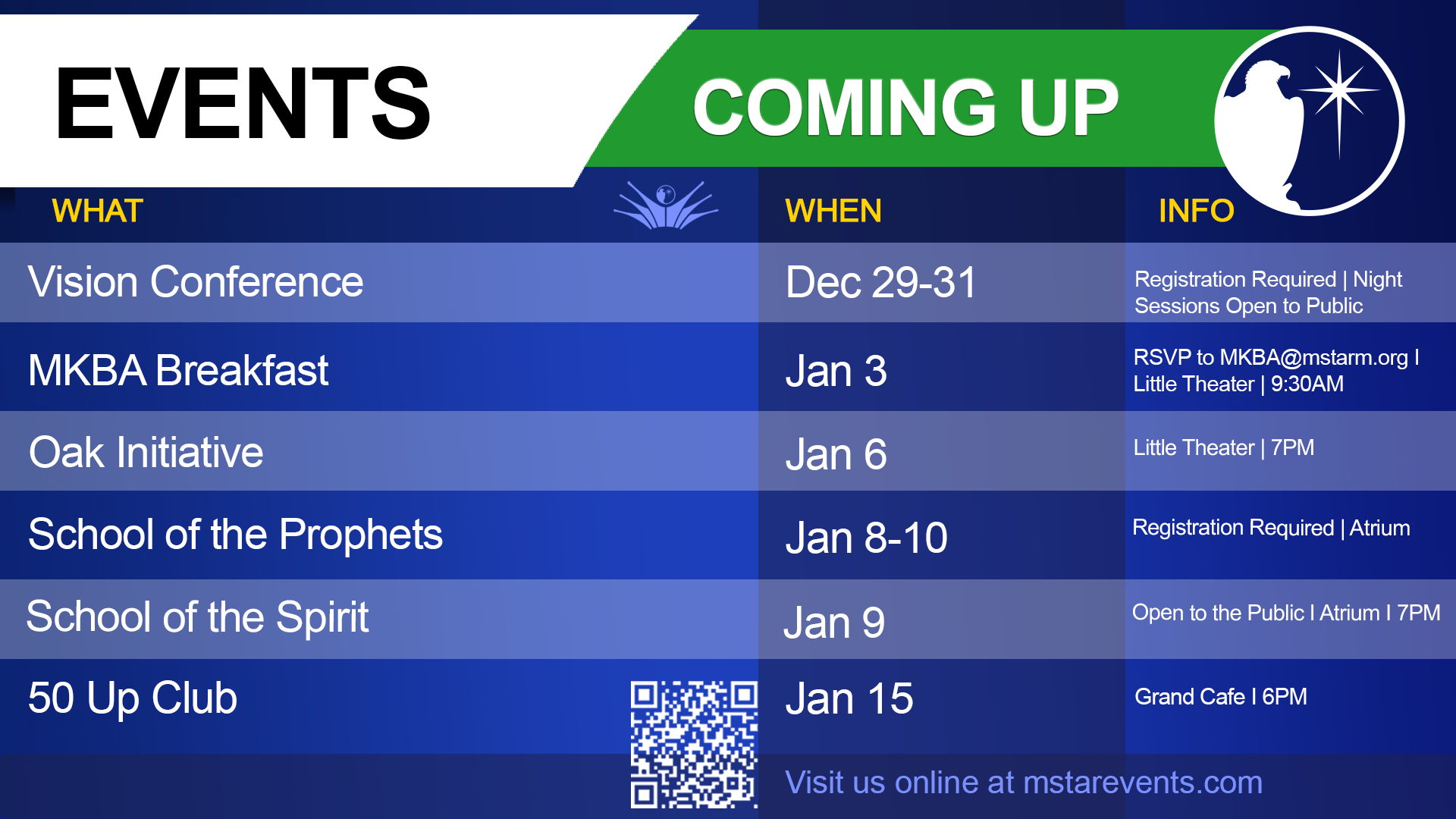This week we continue our study of Revelation 1:10:
“I was in the Spirit on the Lord's day….”
Understanding what it meant for John to be “in the Spirit on the Lord’s day” is the beginning of the revelation of an important theme of prophecy in Scripture—“the day of the Lord.”
The Apostle Peter indicated the importance of this when he wrote, “But do not let this one fact escape your notice, beloved, that with the Lord one day is like a thousand years, and a thousand years like one day” (II Peter 3:8). In biblical prophecy, a “day” often represents a one thousand year period.
As we can compute from adding up the genealogies in Scripture, it has been about six thousand years since the first Adam, or six prophetic days. The seventh prophetic day is the Sabbath. When Jesus said that He was the “Lord of the Sabbath,” He was talking about how He would rule over what is popularly called “the millennium.” This one thousand year period that is the seventh prophetic day is also referred to as “the day of the Lord,” which is what John was prophetically taken to in this revelation.
This concept of “the day of the Lord” as the seventh prophetic day is corroborated by the early church fathers in their writings, which I cover in more detail in my new book, Army of the Dawn. We cannot get into as much detail here, but the first-century apostles and early church fathers knew about this spiritual concept. When they said that they were already “in the last days,” they were referring to the last prophetic days of the prophetic week. The writings of the early church fathers make this clear, as they reference them as the one thousand year days.
For our study here, we need to know that the events prophesied in John’s revelation began to come to pass immediately. A main theme of this revelation is the day of the Lord, and how these events led to it. A major part of our study is to understand what happened, what will happen, and what our part is in this unfolding plan of God.
Continuing with Revelation 1:10, we read: “and I heard behind me a loud voice like the sound of a trumpet.” Trumpets are often symbolic of messages that go forth in the earth. Trumpets blown in Israel were a message to the people for such things as the beginning of a holy day, a feast, or mobilization for war. Later in Revelation, we will see how the seven trumpets prophesied seven great messages that would go out during the time leading up to the day of the Lord.
When John turned to “see the voice” (see Revelation 1:12) that was speaking, he saw the Lord. What the Lord said was:
“Write in a book what you see, and send it to the seven churches: to Ephesus and to Smyrna and to Pergamum and to Thyatira and to Sardis and to Philadelphia and to Laodicea” (Revelation 1:11).
Thus began the message of the Lord to His church throughout the unfolding time leading up to the coming of His kingdom. As stated, we can see a parallel of how church history would unfold in His message to these seven churches. We will study this because it is a revelation of where the church has been, where it is now, and where it is going to complete its journey to prepare the way for the Lord and His coming kingdom.



